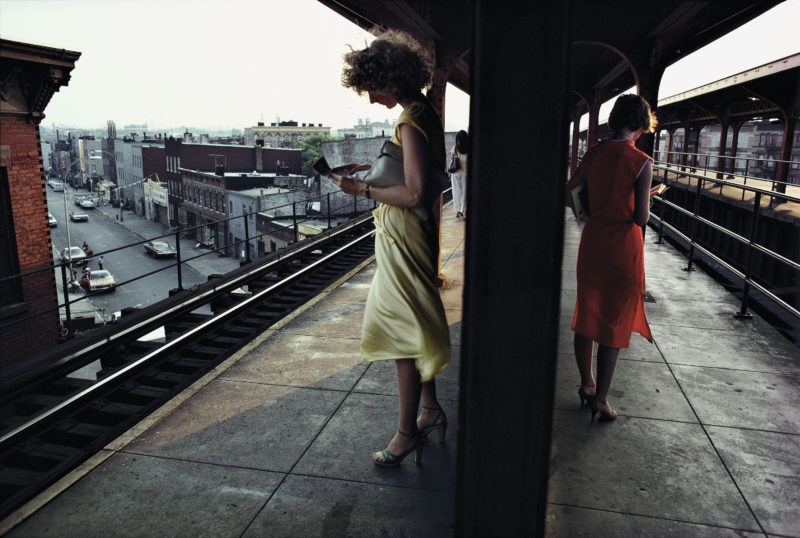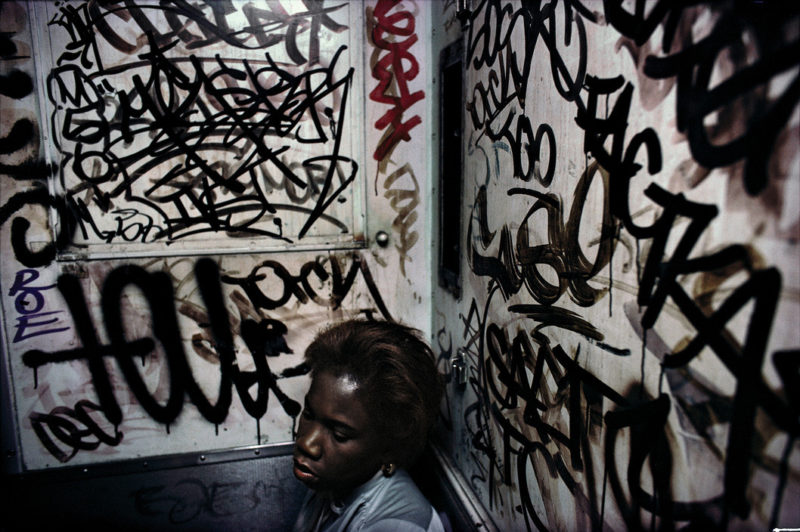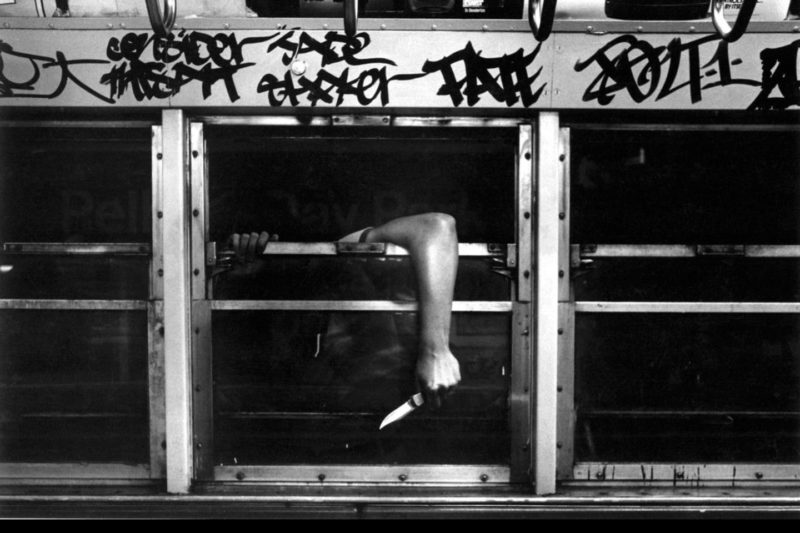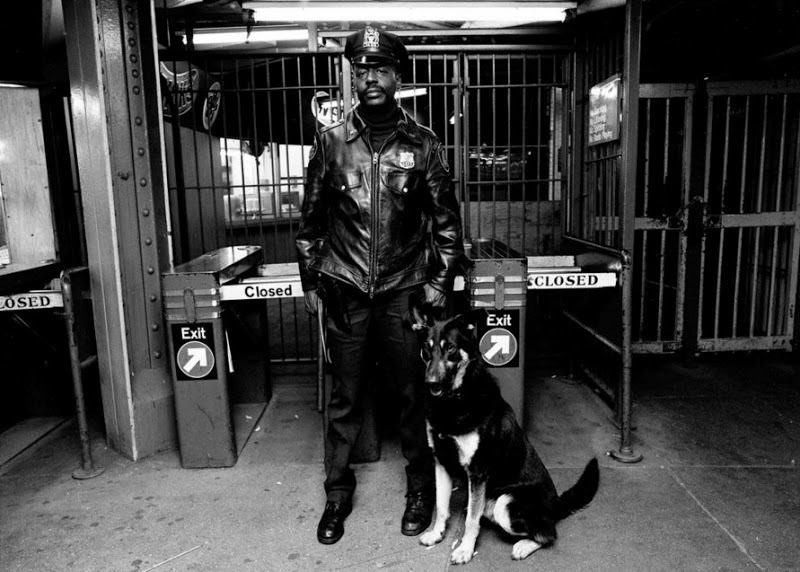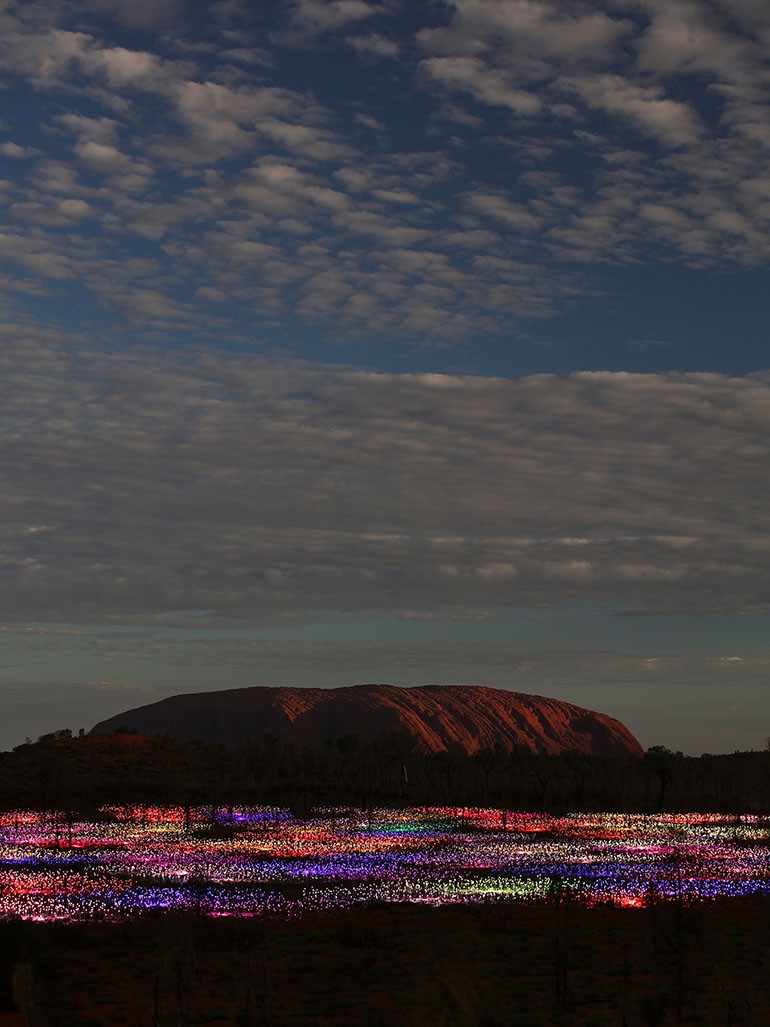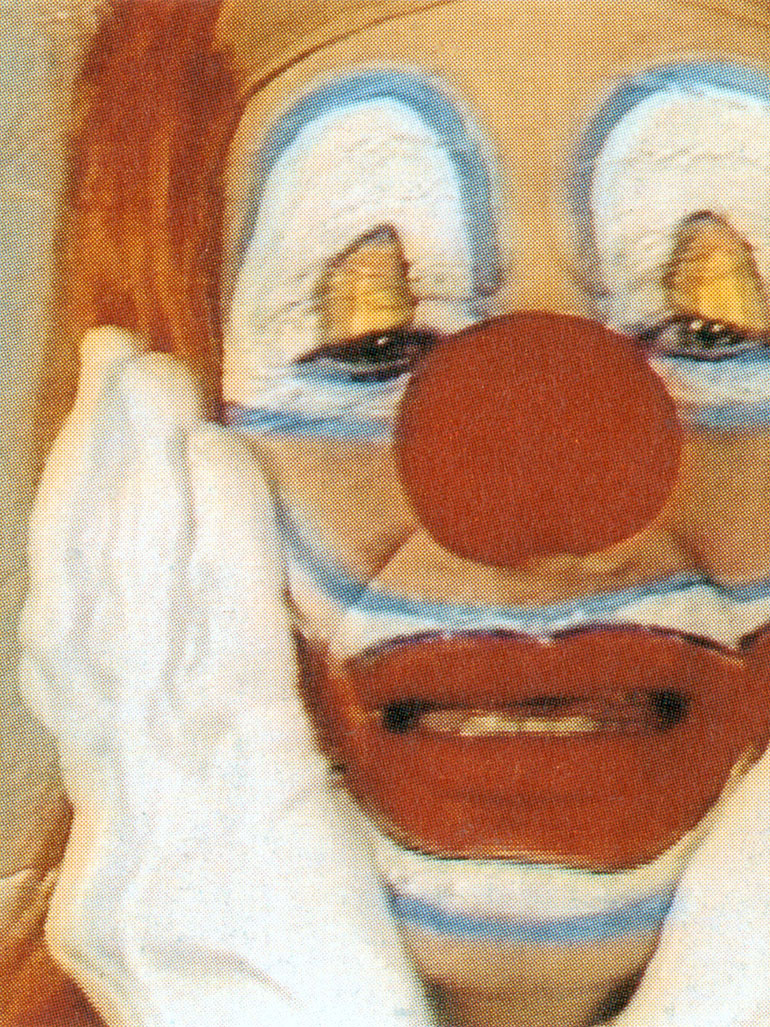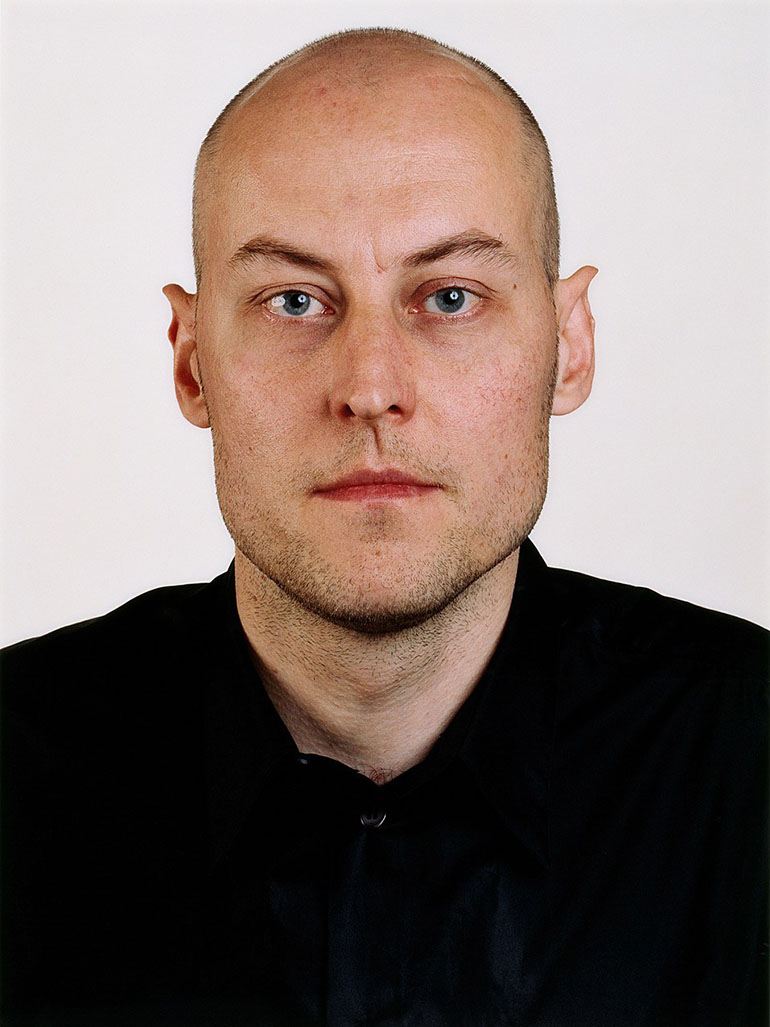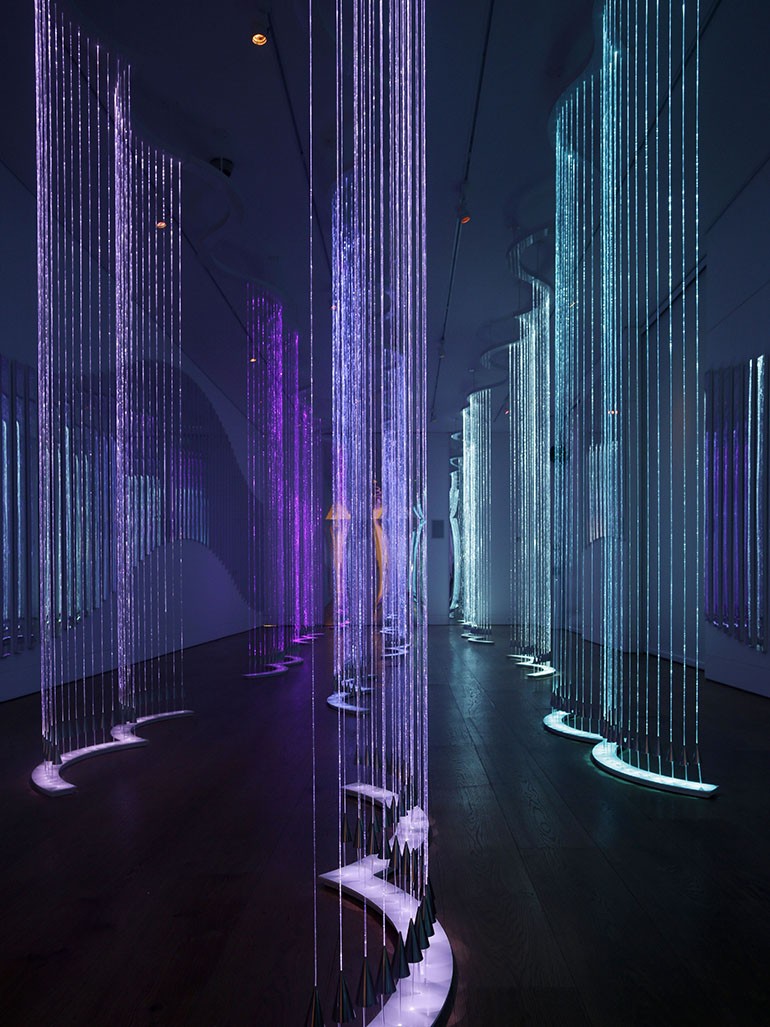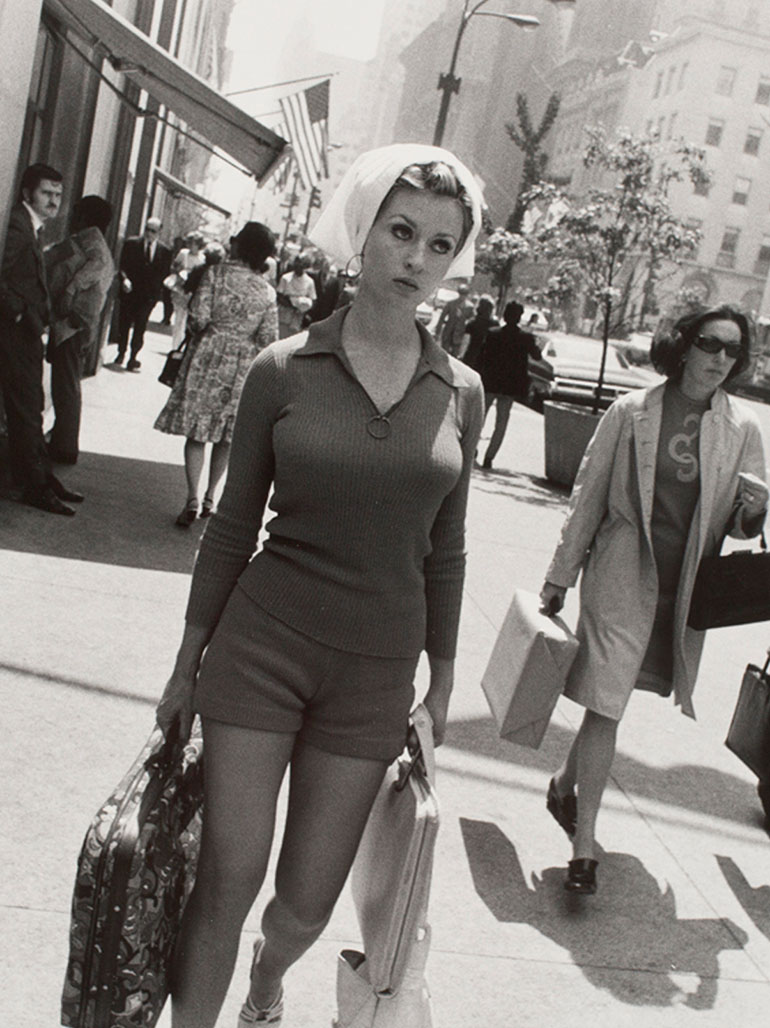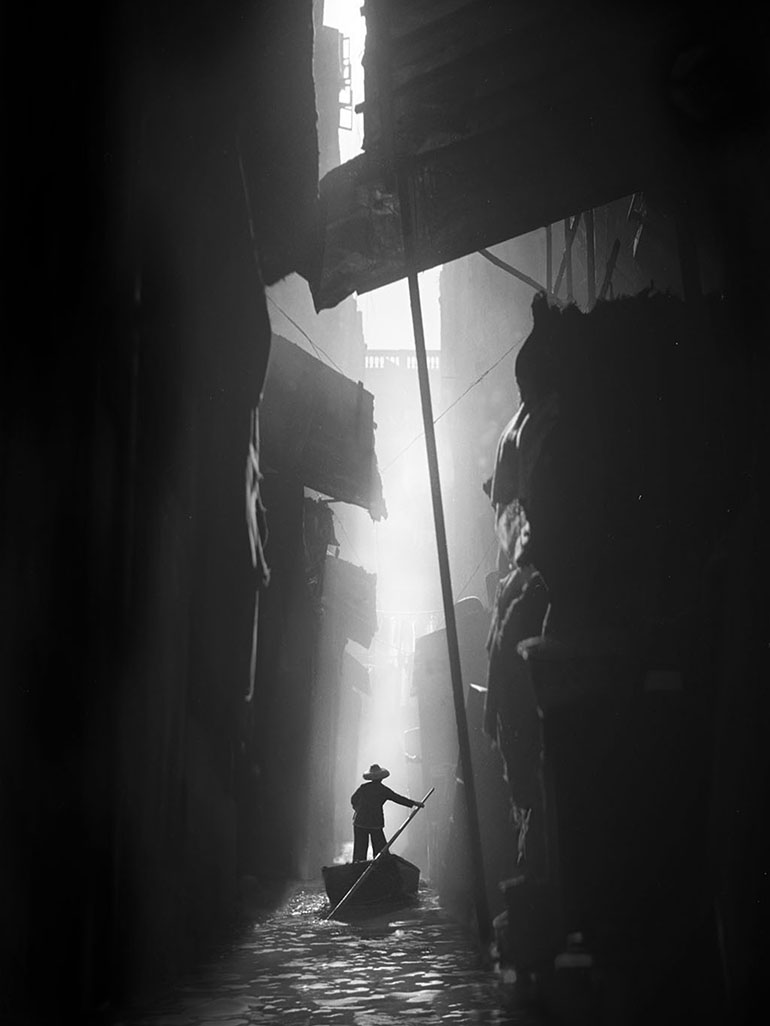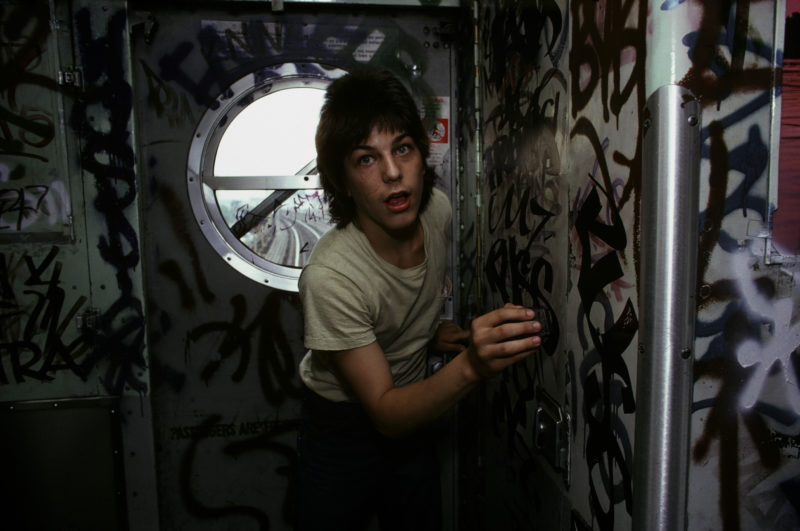
Who is Bruce Davidson?
Bruce Davidson was born on 5 September 1933 in Oak Park, Chicago. He began taking photographs when he was just ten years old after his mother built him a darkroom. He was got hired at Austin Camera as a stock boy. Davidson learned technical nuances of photography from Al Cox, including lighting, printing, and dye transfer color. He is influenced by Eugen Smith, Robert Frank, and Henri Cartier-Bresson.
Career
At 19, he won his first national recognition for photography for a picture of an owl. After completing his military service, Davidson worked as a freelance photographer and even became an associate member of the Magnum Photos agency in 1958 and a year later, a full member.
In 1960, he was invited to the United Kingdom by the Queen Magazine for two months, where he documented the idiosyncratic indifference of the island’s natives from the American perspective. Davidson got his first assignment in 1961 to photograph high fashion for Vogue and the New York Times Freedom Riders in the south. This assignment led him to commence a documentary project about the civil rights movement. And between 1961 and 1965, he recorded its event and effects across the United States.
Davidson has continued to work as an editorial photographer and has held workshops and lectures at the Center for Photography at Woodstock.
Subway
Bruce Davidson’s most successful work to date is Subway, which includes photos from his exploration of New York City. He began this project in the spring of 1980 and only focused on the city’s subway system. Before beginning, Davidson helped write and produced the film Love Story, which was based on the novel Enemies.
He began photographing the traffic islands lining up Broadway, which, according to him, have always fascinated him. Davidson took snaps of lonely windows, vagrant winos, and solemn old men sitting on the benches on concrete islands of Manhattan’s Upper West Side. He also used the subway to travel to other parts of New York, including Coney Island, the Bronx Zoo, and the Lower East Side cafeteria.
He started with black and white photos before shifting to color:
At first, I photographed in black and white. After a while, I began to see a dimension of meaning that demanded a color consciousness. Color photography was not new for me – most of my commissioned work and all of my films have been done in color. But the color in the subway was different. I found that the strobe light reflecting off the steel surfaces of the defaced subway cars created a new understanding of color.
The style
Thus, in the subway, Davidson resists the itch to take the gritty high-contrast black and white portraits common during that time and used purposefully to convey emotions. Instead, his choice presents viewers with a realm where dirt, fashion, graffiti, and blood appear with striking power to comprehensively demonstrate the intricacy micro-society that, in this case, was the subway. All the subjects are presented in a way that communicates a truly worrying and odious mood. This helped perpetuate a certain stereotype among the community, which stills exists in the hearts and minds of some people to this day.
What the photos show
Davidson’s portraits deliver a unique insight into the situations of the underground community. The Subway photographs are valuable for the sake of posterity as much as it is the work of art. It is a document that proves the conditions of the day. Each photograph in the Subway series captures a rare, short-lived moment in time within the history of socialization in the United States. The Guardian Angels, for example, are unique to just a short period of the history of the city of New York.
According to Davidson, Subway served to connect the culture of New York. He described the graffiti in New York’s streets as being a secret language decrypted by the subway.
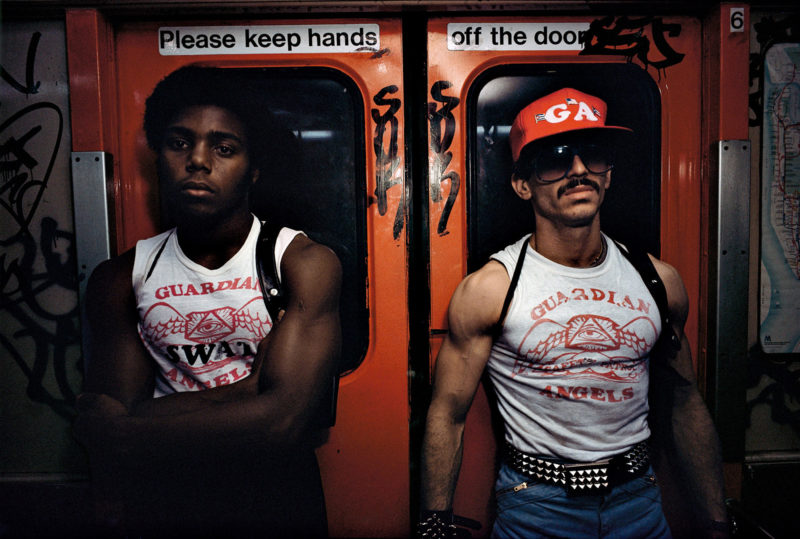
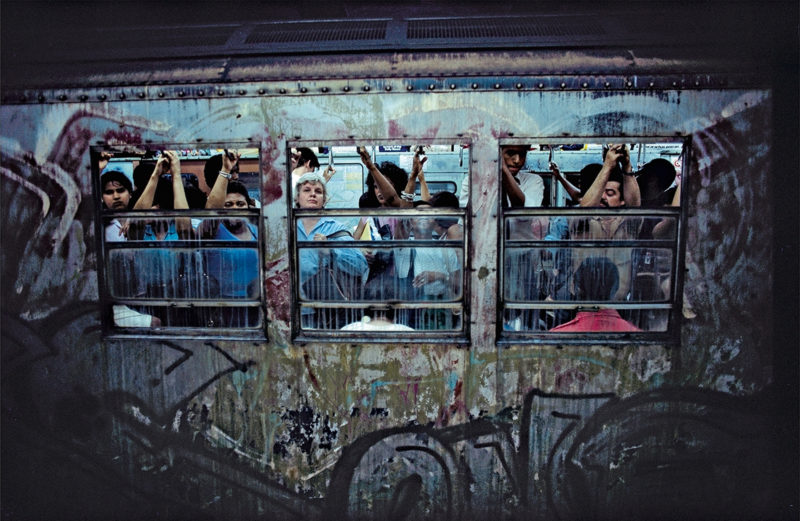
Video: Bruce Davidson about his photography
Special preparations for shooting in the subway
Davidson stated that to prepare himself for the task ahead. He started a crash diet, including a military fitness regime and early morning jogging in the park. He knew he had to train like an athlete to carry around his heavy equipment in the subway for hours each day. Also, just for precautionary measure, he wanted to be in good shape if something went wrong down there in the underground.
His mornings started with him packing his cameras, strobe light, lenses, filters, and accessories in a small canvas bag. His police and subway passes were often placed in his green safari jacket. Davidson also brought several rolls of film, a notebook, a subway map, and a wedding album containing photos of the people he had already photographed in the subway.
He also carried quarters in his pockets to hand out to the people in the subways who often ask for money. The quarters were also used for change for the phone and other tokens. A Swiss Army knife provided him with additional confidence. He also brought a whistle, a clean handkerchief, and band-aids.
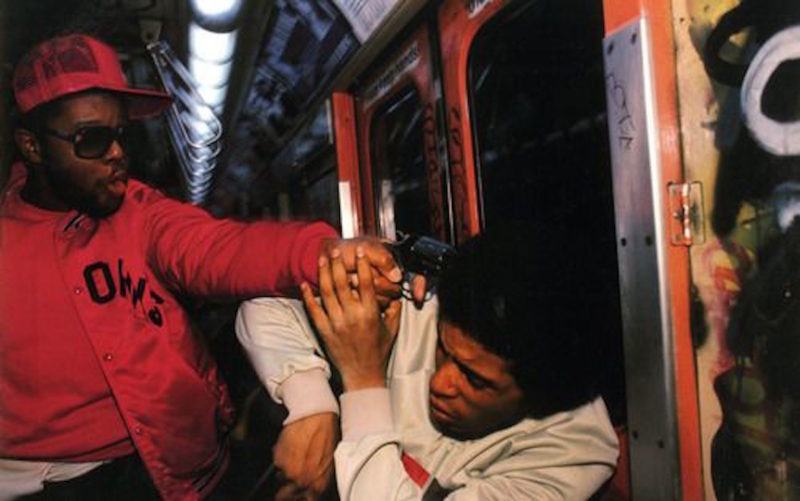
Capturing evil, violence and death
His initial expeditions into the subways were hindered by the fears of attack from street urchins, as he was seen as a tourist with expensive equipment in the most dangerous neighborhood of the city. In his early photos, a significant distance between Davidson and his subjects can be noticed. In later images, Davidson had overcome his initial fears of the subway. He then was able to capture some of the most terrifying moments of evil, violence, and death; something street photography newbies would struggle with.
He decided to standout than hide; instead of concealing his camera, he prominently displayed it. Davidson started playing at being a detective, channeling the idea in the subway that he was untouchable. To conquer his fears, he employed the stalking prey tactic when photographing the subway commuters.
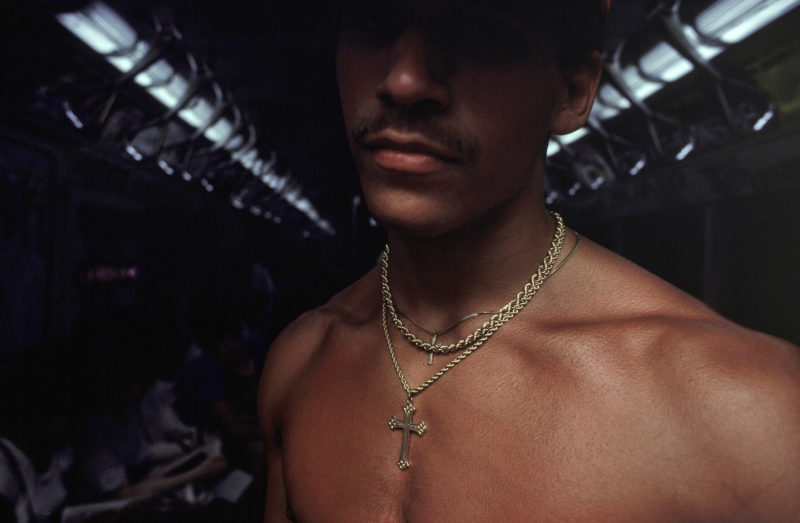
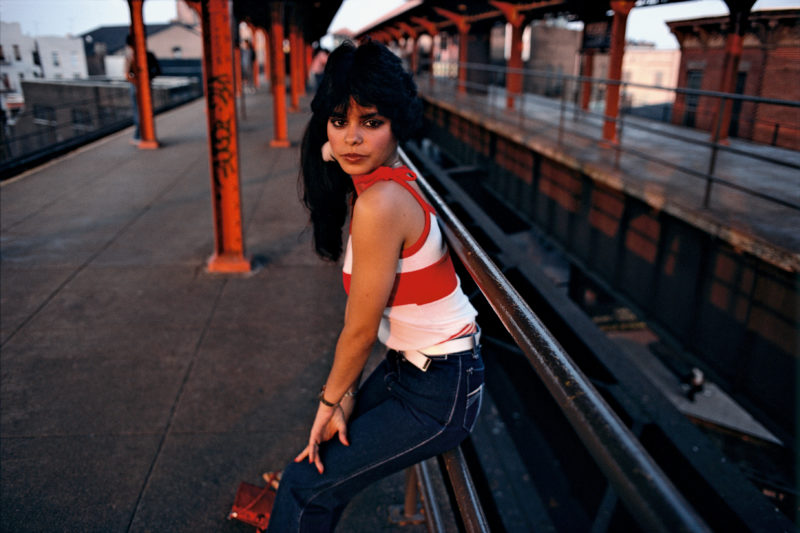
Overcoming fears
Davidson’s process was all about disrupting the closed word of the riders who caught his eyes.
If they said ‘yes’, it was yes; if they said, ‘No,’ then I knew it was no forever. It was hard for me to approach even a little old lady. There is a barrier between people riding the subway – eyes are averted, the wall is set up. The breakthrough this painful tension I had to act quickly on impulse, for I hesitated, my subject might get off at the next station and be lost forever.
In the end, Davidson managed to overcome his anxieties and fully engage with the subway commuters. His portraits establish a link between the audience and the world that is the subway. The sense of gloom is maintained throughout the photographs. Still, within it, the photographer communicates an increasingly widespread sense of solidarity between the inhabitants of the subterranean – there is harmony within the underground malaise.
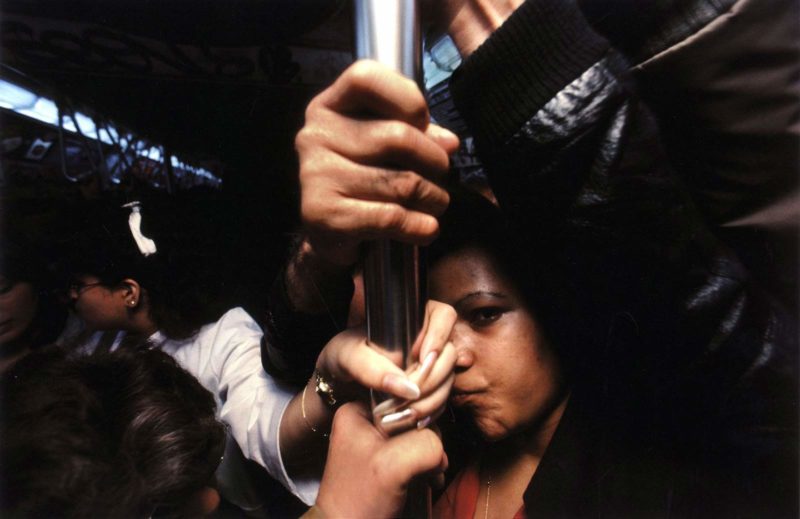
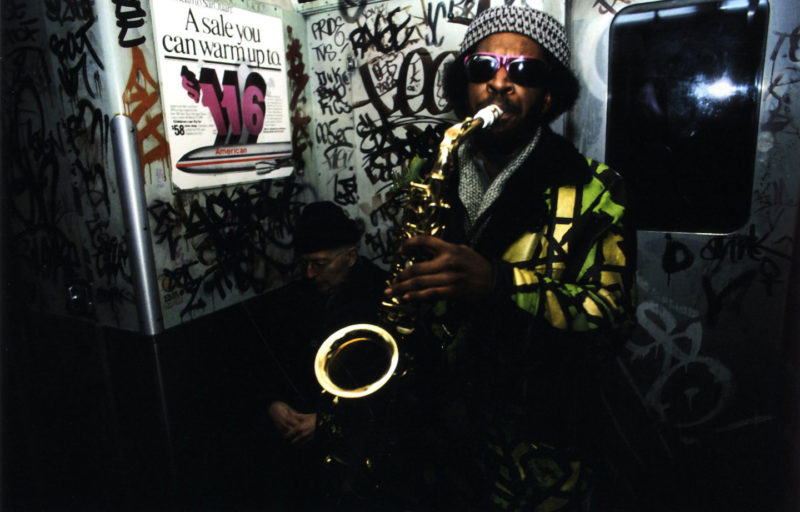
Video: Bruce Davidson speaks about his Subway photos
Analysis
By the end of the series, no character has been shied away from. The entire subway project is uncompromising as well as breathtaking. It represents a piece of art as well as the history of the subway community. Subway photography embodies an American classic, colorful, dark, and compelling epitome of America’s underground society as depicted through the imagery.
An excerpt from Davidson’s Subway book reads:
It is a great social equalizer… From the moving train above the ground, we see glimpses of the city, and as the train moves into the tunnels, sterile fluorescent light reaches into the stony gloom and we, trapped inside, all hang on together,
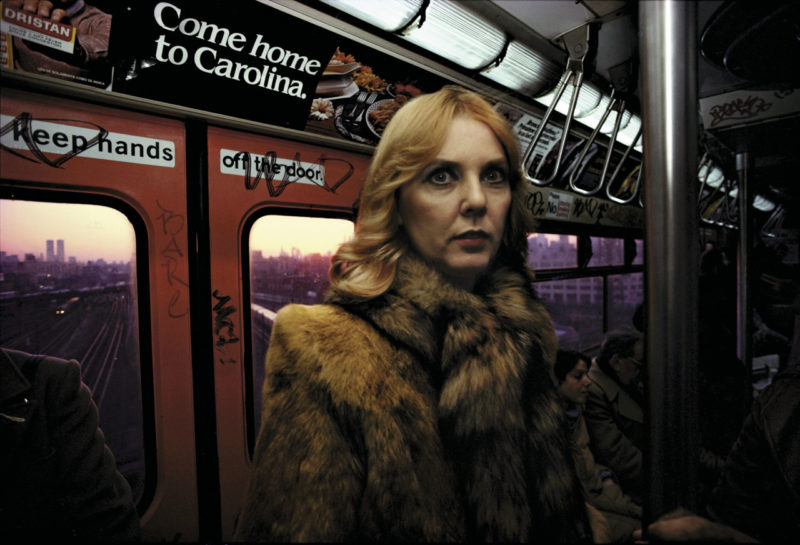
Conclusion
In his conclusion, Davidson states:
In transforming the grim, abusive, violent, and yet often serene reality of the subway into a language of color, I see the subway as a metaphor for the world in which we live today. From all the earth, people come into the subway. It’s a great social equalizer. As our being is exposed, we confront our mortality, contemplate our destiny, and experience both the beauty and the beast. From the moving train above ground, we see glimpses of the city, and as the trains move into the tunnels, sterile fluorescent light reaches into the stony gloom, and we, trapped inside, all hang on together.
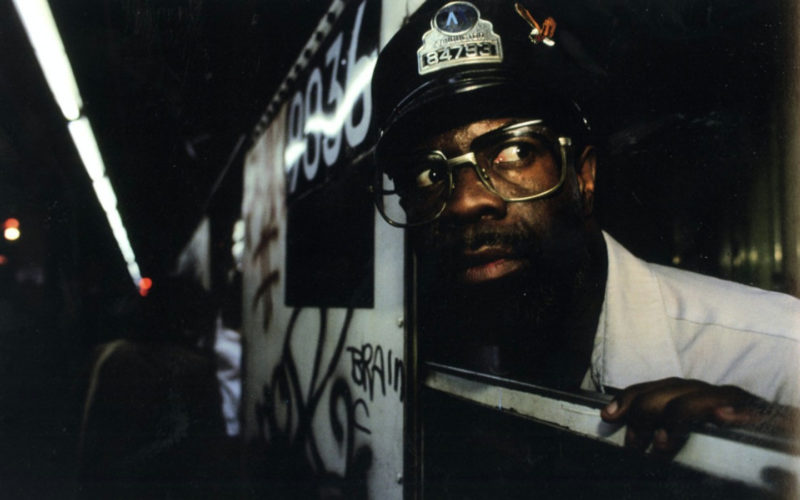
Recognition & Exhibitions
Davidson has been in photography for many decades. His works have either featured or the subject of 14 exhibitions over 50 years at a single notable institution – the Museum Art in New York.
A press release from the Museum of Modern Art in 1966 reads;
Few contemporary photographers give us their observation so unembellished – so free of apparent craft or artifice – as does Bruce Davidson. In his work, formal and technical concerns remain below the surface, all but invisible of the life that is described, scarcely changed by its transmutation into art.
Subway was published initially in 1986 by Aperture Foundation. It received plenty of critical acclaim both as a document showing the unique moment in the societal fabric in New York City as well as its phenomenal use of extremes of shadow and color set against flash-lit skin.
